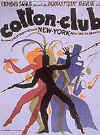 |
New York
Architecture Images-Harlem and the Heights The Cotton Club |
|
location |
Harlem Shadows -- 644 Malcolm X Boulevard, corner of W. 142nd Street, 1918-1946 |
|
|
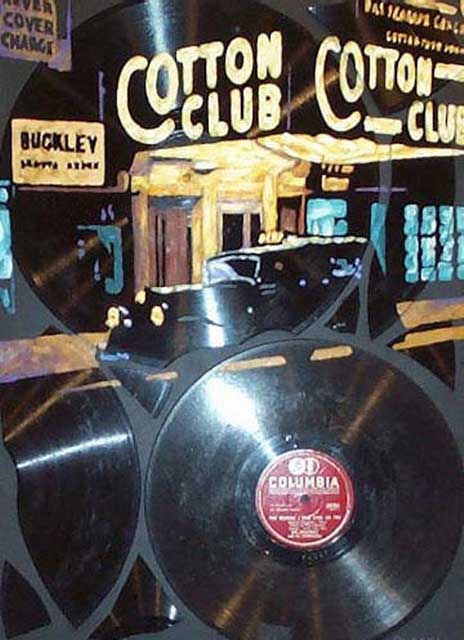 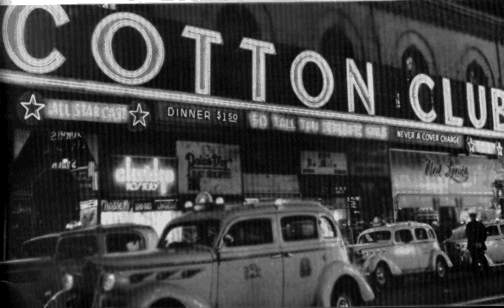 |
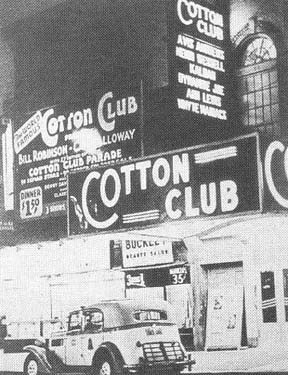 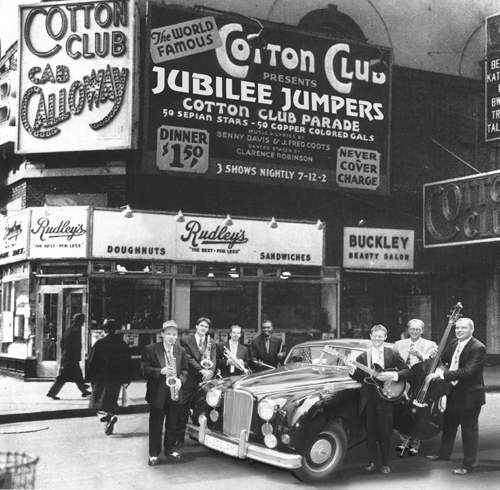 |
|
 |
|
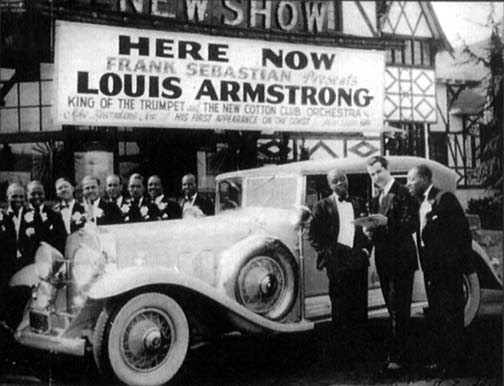 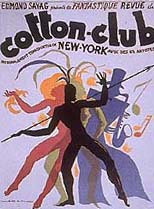 |
|
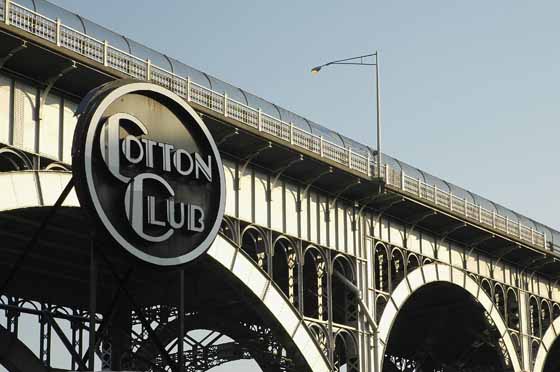 |
|
|
The original
Cotton Club, was at 644 Lenox Avenue, in New York (at West 142nd
Street and Lenox Ave.). Former heavyweight boxing champion Jack Johnson
first opened the club in 1920 as the Club Deluxe. Then, Owney Madden
took it over, and in 1922 changed it's name to the Cotton Club. The
club's manager in the early 1920s was Don Healy, and the stage manager
was Herman Stark. the club had an "all-White" policy, - only the
performers were Black. In the Fall of '23, the club opened with a high
stepping line of the most beautiful "sepia skinned" chorines. The shows
had the best choreography, and soon everyone was coming up to Harlem.
Here's the Front Cover of
the Cotton Club Menu. Oh, -Here... let me light your cigar with
a match from this little
Box of Matches, here on the table. During it's years of
operation, the Cotton Club spawned a generation of top flight talent. In
1927, Duke Ellington's orchestra was hired, and was replaced a few years
later by Cab Calloway's band. It was at the Cotton Club that a young 16
year old Lena Horne began singing. Duke Ellington discovered that one of
the showgirl dancers, Adelaide Hall, had a beautiful singing voice. Her
first fame came when she sang the Obbligato on Ellington's recording of
"Creole Love Song" (composed by the Duke's trombonist, Juan Tizol). The
club even had the finest composers writing music for the shows, such as
composer Jimmy McHugh,
and Lyricist Dorothy
Fields
After the 1935 race riots in Harlem, the area was considered unsafe for Whites (who formed the segregated Cotton Club's clientele and the club was forced to close (February 16, 1936). It reopened in September 1936, downtown on West 48th Street, in premises that had formerly housed the Palais Royal, and Connie's Inn (1933-'36); the Cotton Club continued to operate at this location until June 1940. |
|
|
Just up the street from the Savoy Ballroom, this was the most famous of the NYC nightclubs in the 1920's and 30's. Renowned for the stars who started and continued their illustrious jazz careers here, the Cotton Club's black singers and dancers entertained white patrons from downtown while management banned blacks in the audience. After years of importing entertainment from Chicago, Duke Ellington was lured from the Kentucky Club on Times Square to become the leader of the house band on December 4, 1927. Billed as "The Aristocrat of Harlem," the club's radio broadcasts were heard live nationwide from in the 1930's, featuring such performers as Billy Holiday, Bill "Bojangles" Robinson, Cab Calloway, and Ella Fitzgerald. With the demise of prohibition, the club, originally started as a speakeasy, lost some of its appeal as a "den of iniquity" and closed on February 16, 1936, following the exodus of other clubs to downtown locations. In its new location at Broadway and 48th Street, it continued to present its glamourous reviews but at higher prices. It closed for good on June 10, 1940. The original site of the Cotton Club was demolished in 1958 along with the Savoy Ballroom for the construction of Bethune Towers/Delano Village; however, its legacy lives on at a new site under the same name at 666 West 125th Street. Harlem
Shadows: Jazz Clubs
|
|
|
links |
http://www.cottonclub-newyork.com |
| With special thanks to www.nyc.gov | |